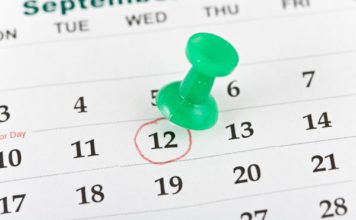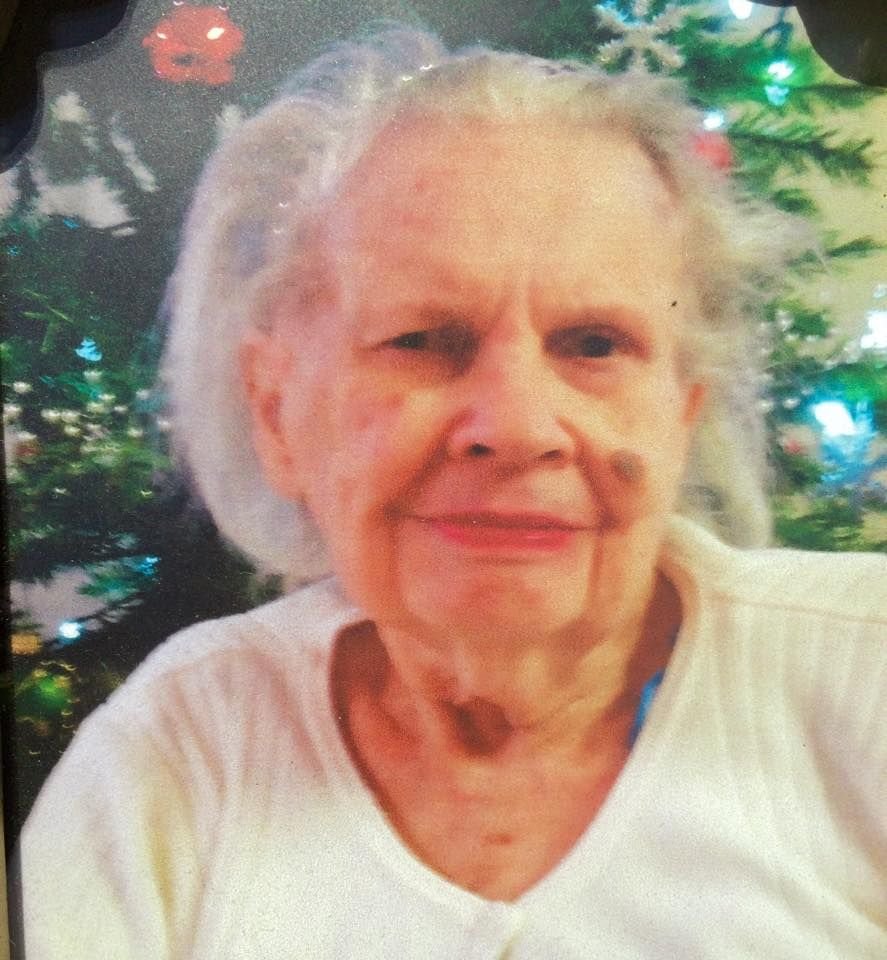GILROY
– Marlyn Sanchez failed her eighth-grade algebra course and
missed out on her promotion ceremony this past June.
By Lori Stuenkel
GILROY – Marlyn Sanchez failed her eighth-grade algebra course and missed out on her promotion ceremony this past June. The soon-to-be Gilroy High School freshman will enroll in algebra again this fall, but this time, she’s completed a six-week remediation program offered for the first time this year. She said Wednesday she’s not worried. In fact, she expects to pass with flying colors.
“I feel like I’ve learned a little bit more this summer, so I can do better in high school,” Sanchez said.
For two hours a day, five days a week, Sanchez has been learning algebra, along with reading and language arts, at her own level and pace. It is a computer-based program, run by Extreme Learning educational services based in Morgan Hill, geared toward below-grade-level students.
“They’re very specific to the individual student, so the students take California standards-based assessments to determine where their gaps are,” said David Payne, CEO of Extreme Learning.
The summer intervention course is funded by the California Student Opportunity and Access Program, or Cal-SOAP, a consortium of secondary and post-secondary schools located in the South County and neighboring counties.
Earlier this week, Sanchez sat working at her computer in the lab at Ascencion Solorsano Middle School with about 15 other elementary to high school students. About 40 students total are enrolled in the Extreme Learning program. Since summer school ends today, Sanchez was taking an end-of-course assessment to measure her progress.
“I think this was easier because it’s only a few people in the classroom, so the teachers give you more help,” Sanchez said. “I learned faster because when I was in school, … the teachers don’t come to you, but here they do.”
Emily Jamieson, Mark Lescroart and Carole Pink, all teachers from Extreme Learning, were on hand to help students work through difficult problems or wrap their brains around new concepts.
Sanchez said Cal-SOAP contacted her to take the summer course, and she figured it could only help her later on.
“It’s my first time in summer school, and I thought it was going to be really boring, but it’s not,” Sanchez said. “The teachers are really nice and care about you a lot and that makes it easier.
“Also, in the class there were things I learned about reading and writing that I didn’t know about, so that helped.”
Although already an A-student when it comes to reading and writing, Sanchez said her punctuation and grammar have particularly improved.
Gilroy Unified School District’s regular summer school program, serving close to 2,500 students, is coming to a close as well. The elementary and middle school classes – serving about 1,300 students, – including English language learners enrolled in a Dual Language Immersion academy, ended last Friday.
Starting today, school’s out for the remainder of the summer for 450 Gilroy High School students. They attended summer school classes at Brownell Academy Middle School while their campus is under construction.
“I think it’s gone great,” said John Perales, the high school summer principal. “I think the transition was hard for students, even given that a lot of students came to middle school here.
“I heard a lot of students say, ‘This is weird.’ At first it was difficult to get accustomed to the different setting, but it’s been great.”
Class sizes for what are mostly remediation courses have stayed small, he said, usually with 20 students per teacher. The extra individual attention serves these students well, Perales said, because many are taking core courses, such as English or math, they either failed or nearly failed.
Some are specifically preparing to take the California High School Exit Exam, in a program offered by the district through Extreme Learning. Called “Exit Now,” the computer-based program is similar to that which Sanchez is using, addressing the skills students must acquire to pass the test. Starting with the class of 2006, students must pass the test in order to graduate. Only next year’s seniors still will be exempt.
“I think the kids are getting a great opportunity to learn something they may have struggled with or had problems with in the past,” he said. “And we have some really, really good teachers in the program.”
Longtime retired GUSD science teacher Ron Kinoshita returned to teach the health and drivers education class. Other teachers this summer include Steven Jackson, Sally Enriquez, Mark Rose and Cheryl Osborne. Courses outside the core academic areas were offered as well, including government and economics and athletic training.
About 130 boys and 20 girls – who have their own class – are participating in athletic training to stay in shape for the sports they’ll play next school year.
“It’s something positive that keeps them involved in something for two hours out of the day and sometimes more,” Perales said.
A handful of students who did not meet GHS’ graduation requirements in June completed their course work in independent study and graduated Wednesday evening.















